
- Home
- News
- Analysis
- States
- Perspective
- Videos
- Education
- Entertainment
- Elections
- World Cup 2023
- Features
- Health
- Business
- Series
- Economy Series
- Earth Day
- Kashmir’s Frozen Turbulence
- India@75
- The legend of Ramjanmabhoomi
- Liberalisation@30
- How to tame a dragon
- Celebrating biodiversity
- Farm Matters
- 50 days of solitude
- Bringing Migrants Home
- Budget 2020
- Jharkhand Votes
- The Federal Investigates
- The Federal Impact
- Vanishing Sand
- Gandhi @ 150
- Andhra Today
- Field report
- Operation Gulmarg
- Pandemic @1 Mn in India
- The Federal Year-End
- The Zero Year
- Premium
- Science
- Brand studio
- Home
- NewsNews
- Analysis
- StatesStates
- PerspectivePerspective
- VideosVideos
- Entertainment
- ElectionsElections
- Sports
- Loading...
Sports - Features
- BusinessBusiness
- Premium
- Loading...
Premium
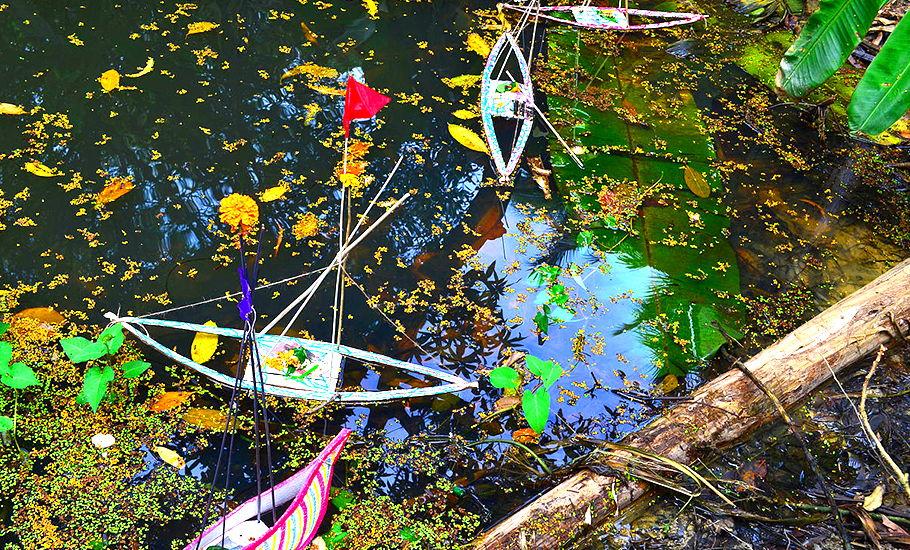
Of culture and history: Bali Jatra and Boita Bandana help trade in Odisha sail through

As the sun began its descent towards the horizon, countless decorative lights lit up the evening sky along the banks of river Mahanadi in Cuttack. Scores of vehicles were queued up honking in desperation, on the ring road along the river bank. In the crammed-up space between the cars, swarms of people negotiated their way, some carrying children on their shoulders others ensuring the elderly...
As the sun began its descent towards the horizon, countless decorative lights lit up the evening sky along the banks of river Mahanadi in Cuttack. Scores of vehicles were queued up honking in desperation, on the ring road along the river bank.
In the crammed-up space between the cars, swarms of people negotiated their way, some carrying children on their shoulders others ensuring the elderly with them find safe passage. The destination was the same for all – Bali Jatra – touted to be among the biggest open trade fairs in the Asian continent.
‘Bali Jatra’ which translates to ‘Voyage in Bali’ is an annual open trade fair held on the banks of river Mahanadi in Cuttack. This year, the trade fair also found a mention in Prime Minister Narendra Modi’s address to the Indian diaspora in Indonesia, on the sidelines of the G20 summit.
The ‘Boita Bandana’ ritual
The nine-day trade fair starts on Kartik Purnima day and coincides with the Boita Bandana, a ritual which celebrates the rich maritime heritage of Odisha. While the festival commemorates the rich maritime history of Odisha, it is celebrated across the state covering both the coastal and non-coastal areas.
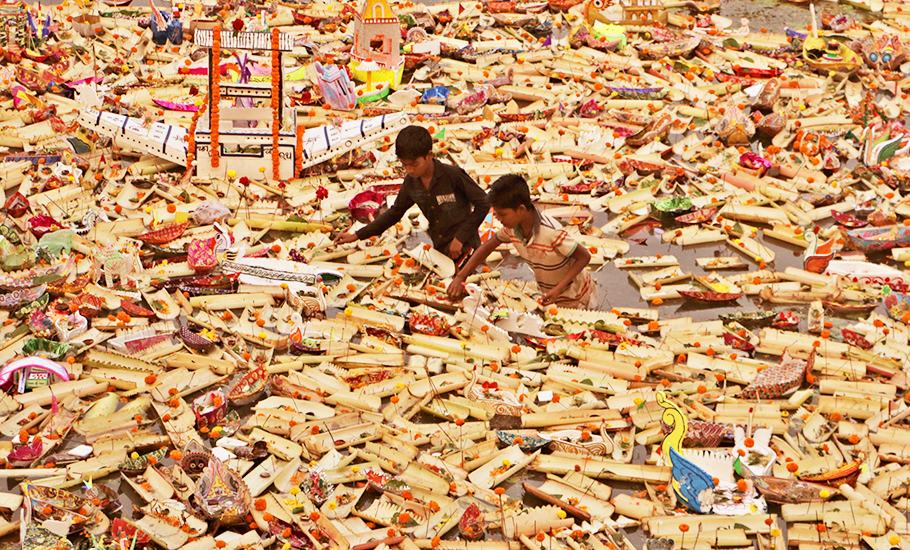
The seafarers called ‘Sadhabas’ from ancient Odisha, then referred to as Kalinga, were known for their navigating skills as they explored land beyond the Indian Ocean to reach Bali, Sumatra, Java and Sri Lanka to establish trade and cultural relations.
The Kalinga Empire is known for its glorious maritime history. Due to its geographical location, Kalinga was witness to the growth of ports as early as the 4th and the 5th century BC. Besides a favourable geographical setting, Kalinga had a band of daring adventurous sailors and seamen, acclaimed as ‘Kalingah Sahasikah (the brave Kalingans).
The sway Kalingas held over the sea routes can be understood from the fact that Kalidasa in his work Raghuvamsa referred to the King of Kalinga as ‘The Lord of the Sea’.
The famous ports such as Tamralipti, Manikpatna, Chelitalo and Pithunda allowed India to establish trade ties through the sea with other countries.
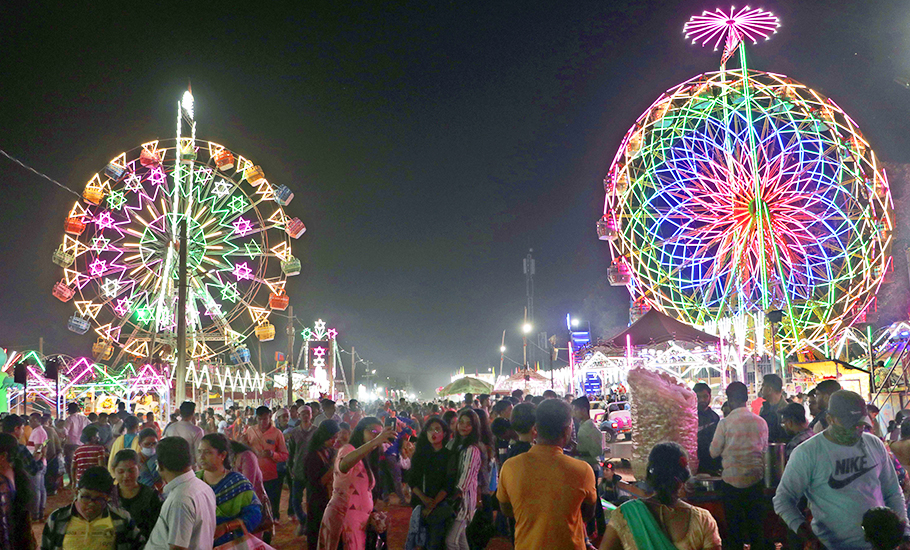
The Kalingas constructed large boats called the ‘Boitas’ and travelled to the Indonesian islands for trade. These ships, whose bodies were covered in copper, could carry up to 700 people and animals. The dominance of the Kalinga Empire over this sea route can be gauged from the fact that the Bay of Bengal was once known as the Kalinga Sea and was thronged by Boitas.
Traders of Kalinga enjoyed links with Sri Lanka, Java, Borneo, Sumatra, Bali and Burma and are believed to have traded in spices and precious stones with the Roman empire, sold elephants to Sri Lanka, precious stones, ivory, paper, butel nuts, betel nuts, drugs, fine textiles and fabrics to China besides rice and forest produce to other nature.
To commemorate the history, the Boita Bandana ritual is held on Kartik Purnima every year, where people set miniature boats made to invoke the sailors of Odisha on sail.
The celebration features grand fairs, elaborate rides, traditional food and dance. Women perform ‘Boita Bandana’ by make boats of paper or sholapith (banana leaves) with lighted lamps inside and float them down the Mahanadi as part of the celebrations.
“It is a ritual around ensuring safety. The seas were challenging and a prayer was held for the safety of the mariners. The tradition is being followed till date by the people of the state. It is also a celebration of the efficiency of our sailors who brought economic prosperity to Odisha,” says Prateek Pattanaik, a researcher on Odia culture, literature and music.
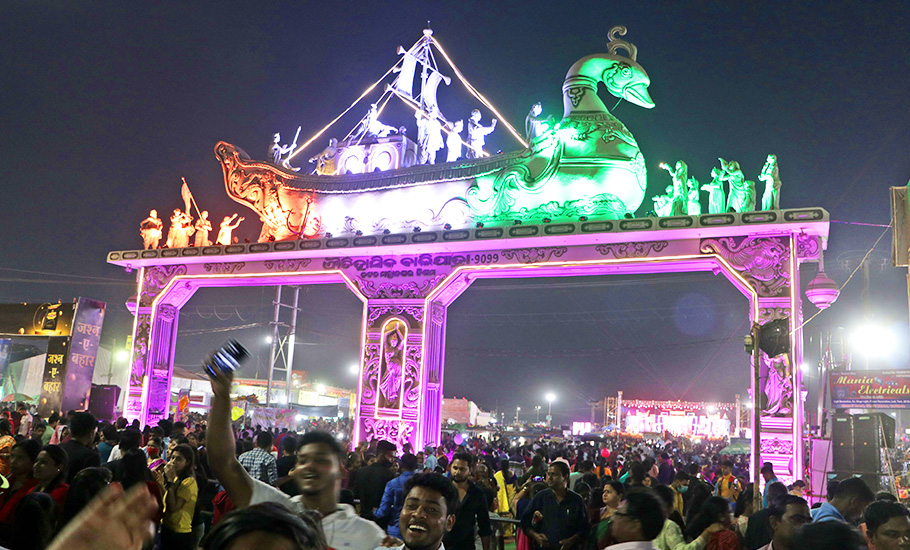
However, challenging the popular opinion that the Bali Jatra trade fair is linked to the Boita Bandana ritual, researchers say the two do not share ancient historical links.
While Odisha’s maritime history dates back thousands of years, and is said to find a mention in Kautilya’s Arthshastra, Bali Jatra trade fair on the other hand, started less than 150 years ago.
“We have looked into the record in the Gazette papers, revenue records and newspapers, but couldn’t find any mention of the trade fair before the late 1860s. Bali Jatra trade fair started as an economic activity where the local traders would come to Cuttack mostly on boats, park them on the shores and sell their articles before returning. Cuttack was a hub for trade and hence was chosen as the location to set up the market,” says Anil Dhir, a renowned researcher who has extensively documented the state’s history.
The fair
This year, the Bali Jatra trade fair was held after a two-year hiatus due to the Covid-19 restrictions. The fair was spread over 80 acres of land with garment, handicraft, food stalls and amusement rides, offering the crowd multiple delightful options.

In a first for the fair, a laser show was also held and the ‘Cuttack in Cuttack’ pavilion showcased the important structures of the town. A dedicated stall for hockey was also set up to create a buzz ahead of the Men’s World Cup scheduled to be held early next year in the state.
The event made it to the Guinness Book of World records for making 22,000 paper boats in 35 minutes. Over 2,000 students from 22 schools were part of the record-making endeavour.
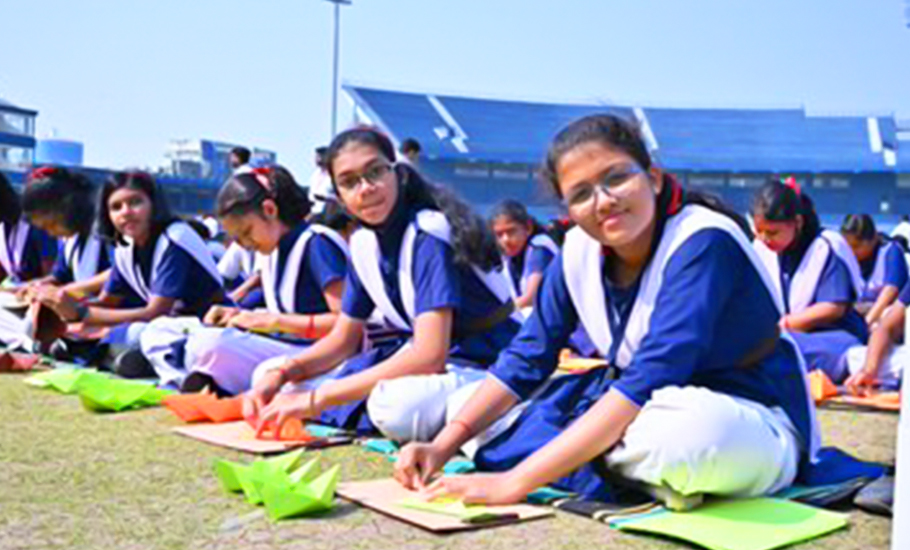
The Pallishree mela organised by the Odisha Rural Development and Marketing Society (ORMAS) had 420 stalls from 14 states selling handloom, handicrafts, spices and accessories.
Among the food delicacies, traditional thunka puri (deep fried bread), a major highlight of the fair, continued to be the top attraction along with local sweets and savories including the Patra Poda, (baked dishes made in banana leaves) and the Odisha Rasogola.
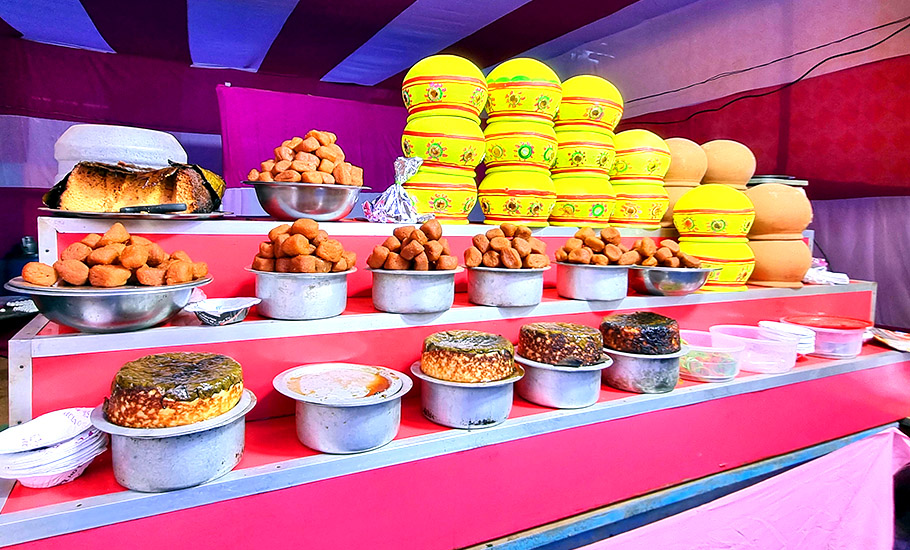
The fair also featured cultural extravagance with famed singers Kailash Kher and Javed Ali mesmerising the audience with their soulful renditions.
The 10-day-long event from November 8 to 17 witnessed a footfall of more than 50 lakh.
The sales this year at the Bali Jatra trade fair, considered to be one of Asia’s largest open trade fair, are expected to have generated a revenue of over Rs 100 crore.
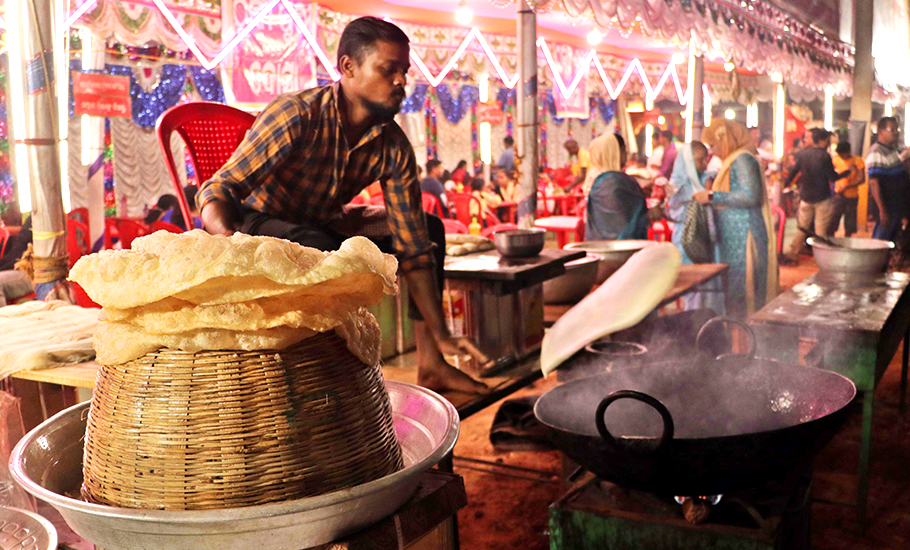
Whether or not Bali Jatra has a connect with Boita Bandana, both continue to keep alive the rich trade tradition of Odisha.

